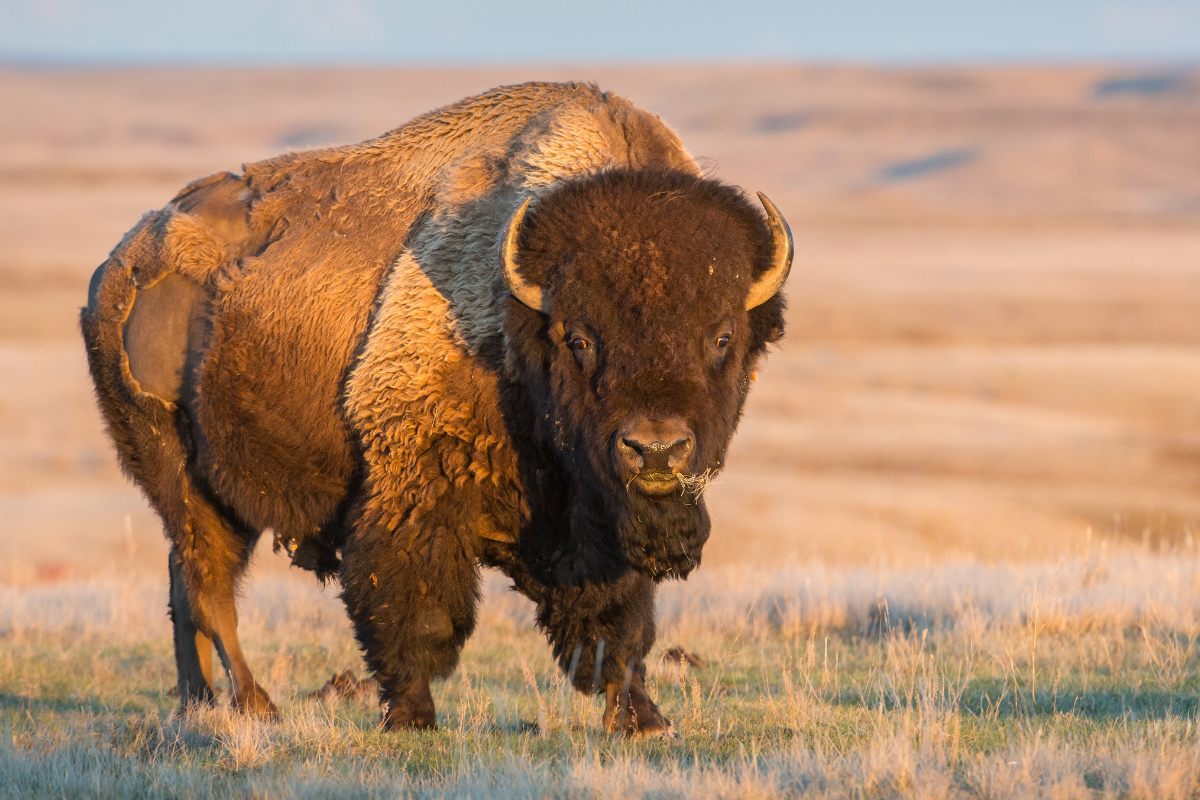Yellowstone bison, who are at grave risk of going extinct under the current Interagency Bison Management Plan, are going to receive full and fair consideration under the Endangered Species Act thanks to the work of advocacy groups Friends of Animals, Buffalo Field Campaign and Westerns Watersheds Project.
U.S. Fish and Wildlife Service has made a preliminary finding that the legal petitions have presented “substantial, credible information indicating that a listing action may be warranted.” The agency has one year to make its decision.
“It’s gratifying that Yellowstone bison are another step closer to protection under the ESA following our successful lawsuits,” said Jennifer Best, director of Friends of Animals’ Wildlife Law Program. “For years, FWS has disregarded credible, scientific evidence showing that the current management and slaughter of bison is putting the population at risk and previously issued two negative 90-day findings, which the advocacy groups challenged in court twice and won. There has never been an opportunity for the public or experts to comment on whether listing is warranted. Now, FWS is conducting a status review and will need to consider their testimony and science and base its decision on that.”
Only 5,400 Yellowstone bison exist today. State and federal agencies have been shooting bison in and around Yellowstone National Park since 2000 as part of the Interagency Bison Management Plan, which is heavily influenced by Montana livestock interests. Nearly 3,500 have been slaughtered just in the last five years to cater to unfounded fears of transmission risk to local livestock operations of brucellosis, a non-native disease introduced to the region by livestock. However, a study by the National Academy of Sciences found that of all the instances of brucellosis transmission from wildlife to domestic cattle, not one single incident was attributable to bison.
“Our magnificent national mammal is needlessly slaughtered when it leaves Yellowstone National Park as part of its natural migration, and this finding is long overdue,” Best said.
The wild bison of the Yellowstone ecosystem make up the world’s most important bison population. They are the last continuously wild, migratory bison to exist on their native range since prehistoric times.
There is scientific evidence that there are two separate and genetically distinct herds of bison—the Central Interior Herd and Northern Herd—in Yellowstone National Park, which makes them geographically distinct sub-sects of all Plains bison. The current Interagency plan treats Yellowstone bison as a single herd, failing to provide safeguards to maintain both herds as distinct and isolated units. The Central Interior Herd may already be too small to maintain its viability from a genetic standpoint.

